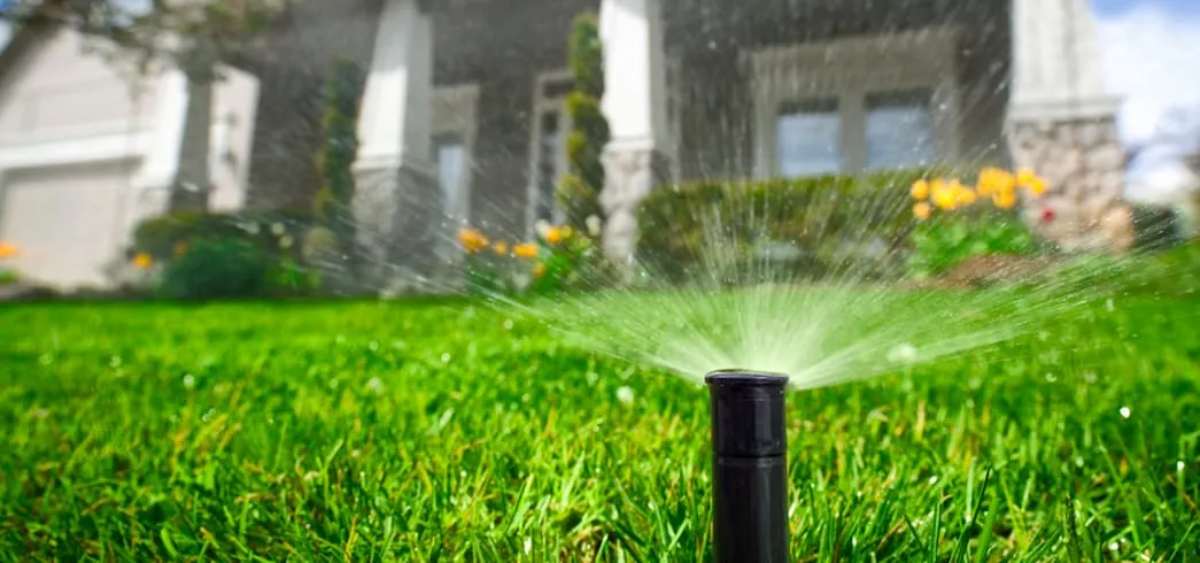Sustainable Solutions for Smarter Grounds Care

As concerns about climate change, water conservation, and environmental stewardship continue to grow, the demand for sustainable landscaping and grounds care solutions has never been greater. Homeowners, landscapers, and property managers alike are seeking smarter, greener ways to maintain beautiful outdoor spaces while minimizing environmental impact. Fortunately, advances in technology and design are making it easier than ever to care for lawns and landscapes more sustainably.
Table of Contents
1. Electric and Battery-Powered Equipment
One of the most significant shifts in grounds care is the move away from gas-powered equipment in favor of electric and battery-powered alternatives. These tools produce zero emissions during operation, are often quieter, and require less maintenance. Battery-powered trimmers, blowers, and mowers are ideal for residential use and are increasingly being adopted for commercial applications as battery performance improves. This change reduces air pollution and noise pollution in neighborhoods and public spaces.
2. Smart Irrigation Systems
Water is a precious resource, especially in the hotter months, and traditional irrigation methods can be extremely wasteful. Smart irrigation systems use sensors and weather data to deliver just the right amount of water exactly when it is needed. These systems can perceive moisture levels in the soil and adjust watering schedules automatically, helping reduce water waste and lowering utility bills. With smart irrigation, landscapes stay healthy and vibrant without unnecessary resource use.
3. Native and Low-Maintenance Landscaping
Another sustainable trend that is gaining popularity is the use of native plants and xeriscaping—landscaping designed specifically for dry climates. Native plants are adapted to the local environment, meaning that they require less water, fertilizer, and pesticides to thrive. They also support local biodiversity by providing habitat for birds, bees, and butterflies. Incorporating low-maintenance plants and ground covers can substantially reduce the time, cost, and environmental impact of grounds care.
4. Efficient Mowing Practices
Mowing is a central aspect of lawn maintenance, but how it is done can make a big difference. Choosing efficient, environmentally friendly equipment is key. Modern riding mowers offer features like optimized fuel use, electric start, and ergonomic controls to reduce operator fatigue and emissions. Some models even include mulching capabilities, returning nutrients back to the soil, and decreasing the need for chemical fertilizers.
5. Composting and Organic Fertilizers
Instead of relying on synthetic fertilizers, which can harm the environment and contribute to run-off pollution, many are turning to composting and organic soil amendments. Composting grass clippings, leaves, and food waste creates nutrient-rich soil that promotes healthy plant growth. Using compost and natural fertilizers reduces the need for chemical inputs and improves soil structure over time. Using natural fertilizers can also improve the health of local pollinators and wildlife.
Conclusion
Sustainable grounds care is not just about being environmentally conscious – it is also about working smarter, not harder. By embracing new technologies, eco-friendly practices, and thoughtful landscape design, anyone can create beautiful outdoor spaces that are both functional and kind to the planet. Whether you are a homeowner tending your backyard or a professional maintaining large properties, adopting these sustainable solutions can lead to healthier landscapes and a healthier planet for future generations.

